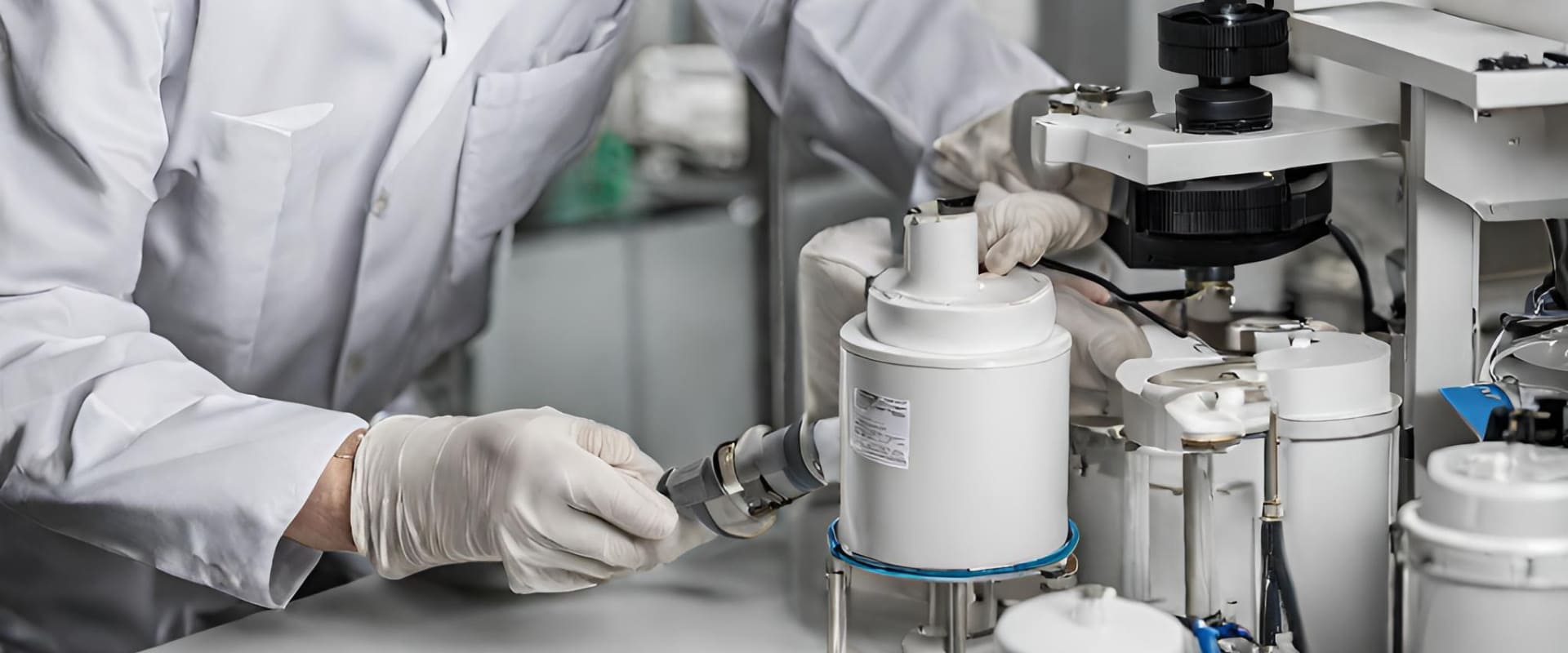Abstract
In Pharmaceutical manufacturing, the Filter Integrity Test at installation is essential for quality assurance. It ensures proper sealing, defect-free filters, and correct installation to prevent contamination. Techniques like Bubble Point, Diffusion, and Pressure Hold Testing, tailored to filter types and process needs, are employed. This critical step verifies that filters are sound, maintaining the quality of Pharmaceutical Products. The test involves applying controlled pressure or vacuum, with techniques chosen based on filter type and manufacturing process requirements.
Introduction
The study likely focuses on a detailed examination of factors influencing Filtration Efficiency, emphasizing the importance of proper filter installation and the critical role of Integrity Testing for optimal performance. A comprehensive exploration of real-world case studies may provide practical insights into challenges and successes, aiming to identify best practices and areas for improvement in Filtration Systems. The discussion may extend to the significance of Filtration Efficiency in various industries, including manufacturing, healthcare, and environmental applications
The discussion may involve a comprehensive exploration of real-world case studies, aiming to provide practical insights into the challenges and successes encountered in the field. By examining installation procedures and integrity testing processes in various contexts, the study likely aims to identify best practices and potential areas for improvement in Filtration Systems.
Key Steps:
- Preparation: Verify that the filter and associated components are clean and free from damage.
- Filter Wetting: Ensure proper wetting of the filter membrane to eliminate air pockets that could interfere with the test.
- Installation Verification: Confirm that the filter is installed according to manufacturer specifications and Check for proper sealing and connections to prevent leaks.
- Test Execution: Monitor for any deviations from expected pressure levels and observe for leaks.
- Data Analysis: Evaluate the integrity of the filter and its ability to withstand the specified conditions.
Filter Installation Issues
INCORRECT INSTALLATION - Deviations from specifications during filter installation, such as improper sealing or misalignment, can result in uneven pressure distribution. This can lead to premature wear, diminishing filter lifespan and efficiency. Moreover, it jeopardizes the Filtration System's capacity to uphold a clean environment by enabling unfiltered air to bypass the filter. Proper training and adherence to installation guidelines are crucial to mitigate the risk of incorrect installation. Regular inspections and maintenance routines should be implemented to identify and address any installation-related issues promptly.
DAMAGE DURING INSTALLATION - Mishandling or damage to the filter during installation poses a significant risk to its integrity. Delicate filters are susceptible to harm through rough handling, dropping, or excessive force during installation. Even minor damage, such as bending the frame or tearing the media, can compromise the filter's effectiveness. The structural integrity of the filter is paramount for maintaining a proper seal and preventing contaminants from bypassing the filtration system. Emphasizing the importance of gentle handling and adherence to recommended procedures minimizes the risk of damage.

Solutions
- Follow Manufacturer Guidelines: Adhere to sizing, orientation, and installation requirements for optimal filter performance. Ensure certified personnel for proper handling and installation techniques, adhering to industry best practices.
- Quality Control Measures: Conduct pressure, airflow, and integrity tests during and after installation to ensure correct functionality within specified parameters.
- Efficient Installation Processes: Develop checklists based on manufacturer specs and industry standards. Mandate team documentation for reference and compliance. Establish handling protocols for careful procedures, using designated tools.
- Continuous Training and Updates: Provide continuous training to installation teams for the latest best practices and techniques in filter technology.
- Collaboration with Suppliers: Maintain open communication for guidance on installation challenges and specific applications. Suppliers offer valuable insights and additional support.
Result
By combining these solutions, you can establish a robust system for filter installation that minimizes the risk of problems such as uneven pressure distribution and physical damage. Regular monitoring, training, and collaboration with stakeholders contribute to the long-term effectiveness of the filtration system.



